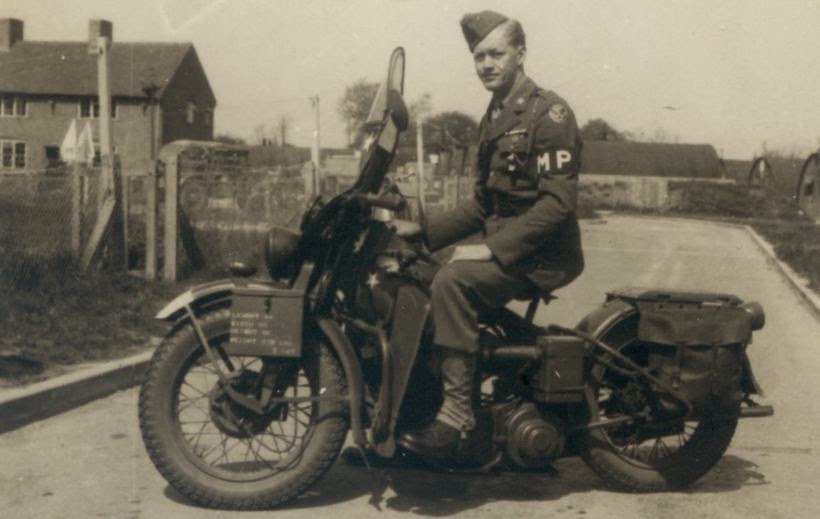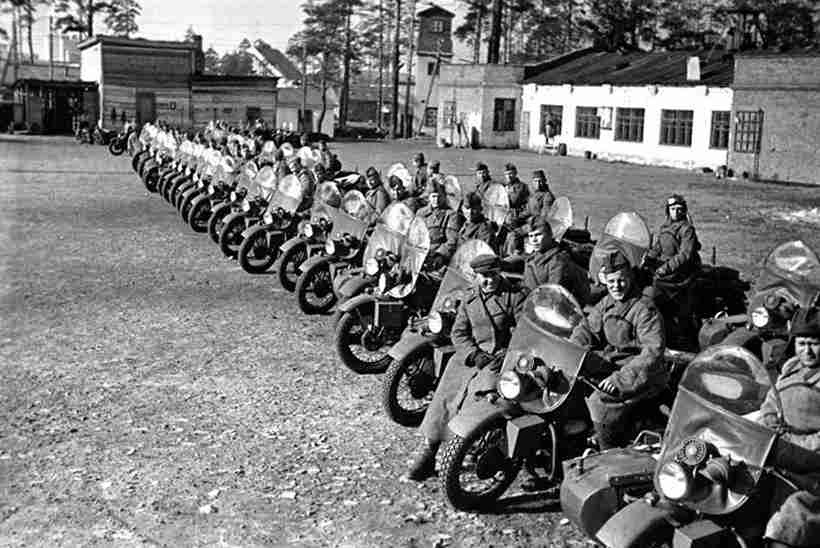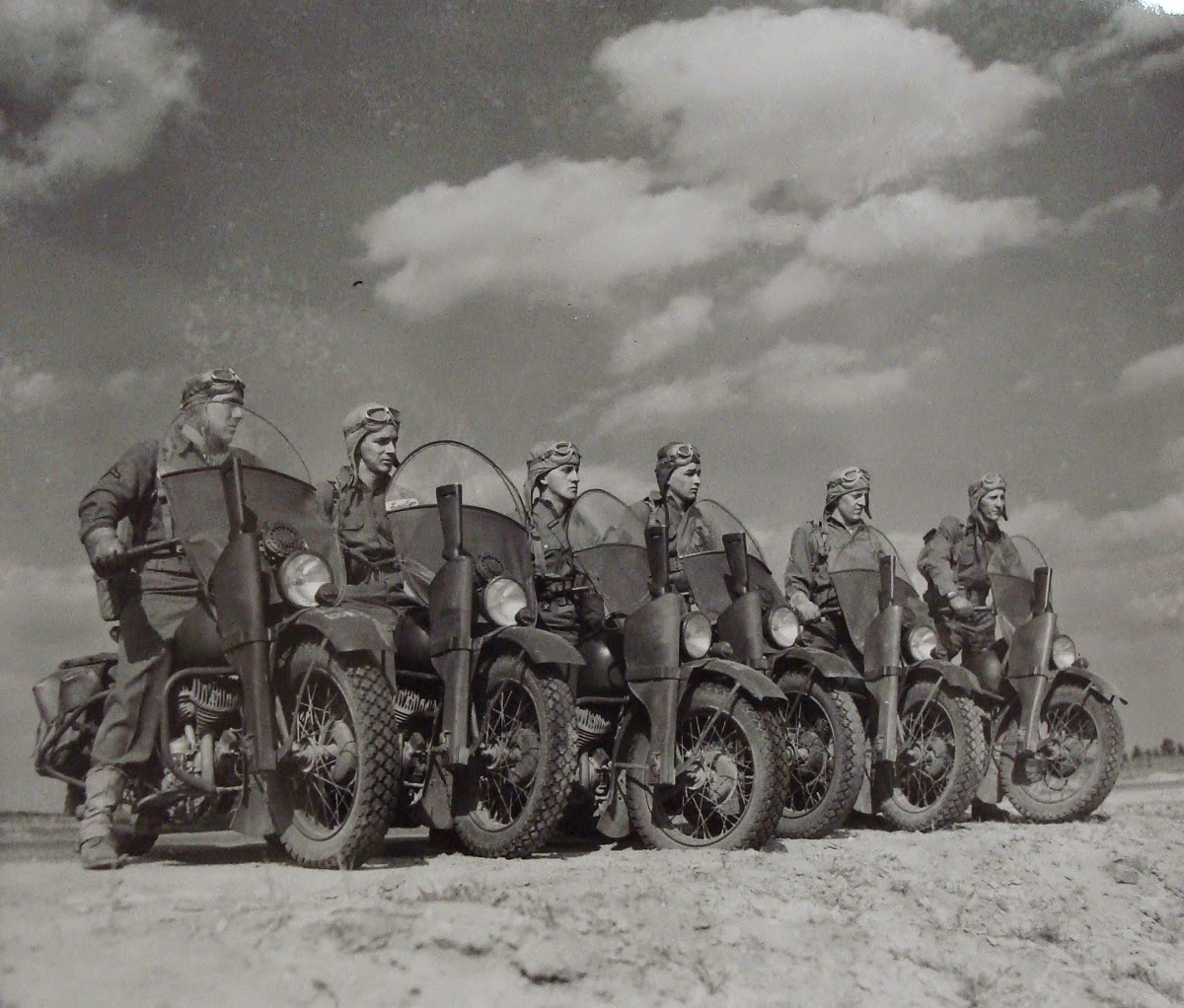On the road

Friday, December 19, 2014
Tuesday, December 16, 2014
Monday, December 15, 2014
Sunday, December 7, 2014
Thursday, December 4, 2014
Friday, November 28, 2014
Tuesday, November 25, 2014
Monday, November 24, 2014
Tuesday, November 18, 2014
Monday, November 17, 2014
Sunday, November 16, 2014
Thursday, November 6, 2014
December 2014 Dallas Police Shield
Rounding out the year 1977 I have an article from earlier in
the year from the Dallas Morning News that should be reported again.
On August 5, 1977 the DMN’s famed police reporter (and as a
young rookie had the pleasure to meet) Jim Ewell wrote that Dallas police
officer George Wilson claimed in a suit that he was slandered by an Oak Cliff
youth, his mother and two ministers when they all appeared before the Dallas
city council and charged the officer with brutality and that the officer planted
marijuana on the youth to justify his arrest.
Officer Wilson who was a 3 member of the DPD, was seeking
$40,000 in damages in the suit.
Lt. Charles Burnley, president of the Dallas Police
Association which is paying for the officers legal expenses, said that the suit
served as a warning to citizens who were making false charges against members
of the department and association. Burnley announced the filing of the lawsuit
at a City Hall news conference and that this lawsuit was the fifth backed by
the DPA since the implementation of the association’s hardline posture on false
complaints about police officers 2.5 years before. Burnley stated that “From
the standpoint of the association, we’re trying to impress on the people if you’ve
got a legitimate complaint, come down here and make it. If you’re going to come
down here and tell some untruths and lie about a police officer, we’re going to
do our best to make you pay for it.”
Burnley said that an internal investigation cleared the
officer of the allegations and that the complaining youth (actually 17 years
old) subsequently was arrested and charged with perjury on action instigated by
the police department.
The investigation was originally ordered by the police
department after a group led by the 17 year olds minister appeared before the
council on June 17th and outlined the allegations about Officer
Wilson and a park police officer stemming from the arrest on June 7th
at the Singing Hills Recreation Center in Oak Cliff. The ministers asked the
council to act immediately to cool racial tensions in Oak Cliff that were stirred
by the officer’s actions.
In the lawsuit Wilson charged that the minister used the
term “Gestapo tactics” in public statements about the officer and called him “unprofessional.”
Another member of the group appearing in front of the city council stated that
Officer Wilson struck the youth’s mother with a car door and assisted the park
police officer in inflicting injuries on the youth.
In another investigation, a park board investigation found
that the park police officer did not violate city policy and was cleared of all
allegations.
In other news the Dallas Fire Department divers in
retrieving a car that plunged into Bachman Lake from the Lemmon Avenue bridge,
found more than they were looking for. On December 10th, a Garland
accountant and a female passenger, who was the former daughter-in-law of a then
Texas state representative, somehow drove through a temporary barricade early Friday
morning on the bridge and the car rolled or drove into the cold waters of the
lake. The female pulled the accountant from the car and pulled him to the
shoreline. She then flagged down Officer John Allen and R.J. Makowski about 2
a.m. on Lemmon Avenue. The officers gave mouth to mouth resuscitation to the
male while waiting for the paramedics. The male however never recovered and was
announced dead at the scene from drowning.
Fire department divers attached cables to the sunken car to
pull it from the lake when they discovered a CB radio antenna sticking out of
the water near the car. In further investigation, the divers found a truck with
two occupants that apparently had driven off the same bridge at the same spot
as the car (thus destroying the guardrail, the reason for the temporary
barricade that the car hit) and the truck then went into the water. The two men
in the truck had drowned according to investigators. The father of one of the
truck’s occupants said that he had not seen is son in about a week.
Okay one would wonder how the city workers who replaced the
guardrail with a temporary one, had not looked over into the 8-10 foot deep water
and seen the antenna as they were working or thought “ Hey I wonder how this
happened?” Or “Heck it looks like a car
rolled over the guardrail. I wonder what happened to the vehicle that smashed it?”
It would not have helped the two men in the truck but…
In an article that came out just before Christmas 1977 the
Dallas city council approved a plan that says that a bar owner cannot transfer
ownership of his/her bar in the heart of old East Dallas. Several homeowners
groups in the area had for years complained about the bars, some of which had
been at the same location for decades, were havens for drunks and prostitution,
thus hindering the revitalization of the area for new homeowners that want to
restore and rebuild the old homes in the area.
The decision means that a bar owner cannot sell the
establishment if he wants to quit the business. The only way that a prospective
operator can continue to serve alcoholic beverages at the same location would
be to apply for a mixed drink license from the City. The ordinance would also
give the Chief of police to turn down any application for a license if the
applicant had been convicted of sexual solicitation, public lewdness or
promotion of prostitution. Conviction of gambling, carrying an unlawful weapon
or possession of illegal drugs would also be grounds for turning done a dance
hall permit. Pretty much anything that one might think would occur in an old,
seedy bar.
It’s not known if these new ordinances, and the reasons that
they could be turned down, reduced the amount of dance hall applications inside
the area of Old East Dallas. Probably.
Wednesday, November 5, 2014
Monday, November 3, 2014
Friday, October 31, 2014
Wednesday, October 29, 2014
Monday, October 20, 2014
Wednesday, October 8, 2014
November 2014 Dallas Police Shield
The Dallas Morning News reported that the fact that rumors
of the DPD would be looking for a new police chief in 1978 were running rampant
at 106 S. Harwood.
One source inside DPD headquarters said that “He’s going.”
This same source told the reporter that the chief would be staying earlier in
the year.
Chief Byrd set up such reports that his tenure would be
limited when he assumed the post as police chief. He said at the time that the
job of police chief in a major city was one for a young man. He then said that
he would turn over the job to someone else when he turned 50 years old.
Later, Byrd stated that he would like to be around when
Dallas hosted the 1979 International Association of Chiefs of Police conference
and that he fully intended to be the host chief. The reports of his departure
subsided then but in late 1977 they were back again. There were accounts that
he had told Glen King, IACP executive director (a former DPD executive and
later chief) that he would not be there in 1979 to play host.
Chief Byrd had enjoyed a close relationship with Dallas City
Manager George Schrader since the beginning of his position as chief. When Byrd
was appointed, he was building a home in Ellis County. Since city department
heads were required to live in the city of Dallas, the city manager allowed the
chief to keep an apartment in North Dallas to establish residency.
Later however, the
relationship cooled somewhat. We need to remember that in the early seventies, many
police departments were for the first time, employing women in large numbers as
patrol officers. Before that time they were relegated for the most part as
detectives in the police department Youth Division’s and the like. Now they
were working alongside men in patrol cars. There was a lot of pushback initially
from departments nationally as a whole, and particularly some male police
officers. This was nothing compared to the major pushback from the wives and
girlfriends of male police officers around the country and including of course
Big D. The fact that a husband or boyfriend would be riding around at night for
8 hours with a female officer, and experiencing heart stopping danger, and
emotional circumstances that might bring the two officers closer in many ways
and the wife couldn’t possible understand, and could not even relate if she
tried to her husband when he attempted to tell the story, did not set well with
many women. It might seem strange today, or maybe it doesn’t, but this was
1977.
Chief Byrd had made a statement about this time that added
fuel to the fire. He stated (and it made the papers) that “If you put two women
together they fight, if you put a male and female together, they fornicate.”
The City Council of course heard about the statement but let
Chief Byrd off the hook, but his relationship with City Manager Schrader was
never the same, and thereafter it was with Assistant City Manager Cleveland
that Byrd had to deal with in departmental matters.
There was also the anger that Chief Byrd had towards
Schrader over the latest city budget. Byrd reportedly said that it was a
personal setback when his proposed merit pay plan that he and Cleveland had implemented
was shelved at the last minute. He was confident that it was going forward and
had told supervisors to introduce the plan.
The DMN wrote that if Chief Byrd did retire, that it would
possibly be Executive Chief James Dahman or Chief of Patrol James Souter that
would be picked for the job since both were close to the chief. Both had said
however that they planned to retire when and if Byrd leaves.
We have to remember that we should take all this in the
context that this was 1977, things were changing in the workforce, not just in police
departments, but fire departments and in the private sector as well. Women were
joining police and fire departments all over the country in large numbers. Other
minorities too. Another example is that military academies didn’t start
accepting women until the mid- seventies. It was hard for many to accept. The
status quo was changing.
Chief Byrd remains to many (including this writer who
received his academy diploma from him) as one of the best police chief’s that
the DPD had brought up through the ranks. He later became the High Sheriff in
Dallas County. I remember as a young SWAT officer, going to one of the many
outdoor parties at some apartment complex pool that seemed to happen every
weekend when North Dallas was the place to be in the 80’s. There must have been
a hundred people there. At one point the now Sheriff Byrd left a throng of
admirers and came over to us guys that I’m sure were awed that the ex-chief
would even speak to us. For some reason we were trying to hide our beers (maybe
force of habit) but he put us at ease when he said something to the effect that
he was glad that we were there (maybe it was his party?) and that he could always
count on Tactical (which it was at the time) when the chips were down. We said “Thanks
Chief!” in unison and then he raised his glass in a toast. He then turned and
went back to the party. We thought we were pretty cool!
After Chief Byrd, the DPD had Billy Prince as chief, who was
and is regarded as also one of the best chiefs, and the Glen King who was
brought back from the IACP to become chief of police after Prince.
Later we had a string of chiefs that were brought in from
other cities. It was fashionable in the 80’s and 90’s for departments to bring
in a chief from another city to bring supposed new ideas to the DPD. One I
remember always wore a burgundy blazer and wanted white wall tires for his city
car. Both didn’t work. All this time, our guys were being hired by other police
departments to bring our “fresh” ideas to their departments.
I was always proud of that fact, and I guess it continues to
this day.
Tuesday, October 7, 2014
Thursday, October 2, 2014
Thursday, September 25, 2014
October 2014 Dallas Police Shield
October 2014 Dallas Police Shield
In December, 1977 there was a letter to the editor from a
B.W. Hallmon complaining that the City of Dallas was using public funds to buy
foreign made motorcycles for the DPD. He went on to say that since there was a
tremendous foreign deficit, that it would be best to spend money on American
made products. He was of course talking about the fact that the Dallas Police Department
would be riding Kawasaki’s, the first time since 1909 that the DPD had not been
riding Harley-Davidson’s.
Because of the questionable nature of 1970’s era AMF Harley-Davidson’s,
and the CHIP’s TV show, most of the police departments west of the Mississippi
River went to Kawasaki’s in the late 1970’s. East of the river, most stayed
with the Orange and Black since many were union towns. It was only in 2006 that
the DPD went back to Harley’s. Thank you.
On December 15, 1977 Christmas came early in the form of
five lieutenants were promoted to the rank of captain. They were Ray Hawkins,
Eugene Randell, Marvin Bullard, Jack Revill and Richard Horn. The article said
that the promotions of Revill, Horn and Hawkins stripped the Vice Unit where
they were all assigned as lieutenants. For Revill, it was the second time he
had been promoted to captain. In 1968 he resigned as a captain with the DPD to
go to the criminal investigation division with the DPS in Austin. He left the
DPS a year later to enter the private sector in Austin. He rejoined the DPD at
a lesser rank in 1974. Revill was picked by Chief Byrd to rebuild the narcotics
squad after it was rocked in 1975 by revelations that tainted evidence had been
submitted by some officers. In light of the discovery, the D.A. dropped more
than 100 drug cases.
In a DMN article from December, 1977 the headline was; “New
merit system to pit Dallas officers in raise contest.” Well, you know from the
tone of the headline that this program was doomed to failure. Or at least, I
don’t ever remember getting any benefit from any program such as this, although
I seem to remember sitting through an office visit with my supervisor as he went
over all of the standards that I was supposed to meet to get a merit raise.
Maybe I didn’t make the cut for an increase in pay, I don’t know!
In the 1970’s, the only way an officer could get a raise in
pay after the first three years or so, was to promote, and that was a one -time
thing, or hope that in October we got a cost of living raise, which most of the
time we did. The chiefs received some sort of bonus each year, if certain goals
were met, like (at one time the holy grail of performance evaluations) reduced “sick
time” of the officers that worked under them. It was only much later (1988) that
the Senior Corporal civil service rank happened, and the step raises that one would
hopefully receive every other year. In some salad years, you would get a cost
of living raise, then the step raise! There were also pay increases for working
different shifts, training and other programs. But this was later in the 80’s
and 90’s.
In late 1977 a preliminary draft was presented to the Chief Byrd
outlining how the merit system would work. Assistant City Manager Don Cleveland
said that when he arrived at the City three years before, he began working on a
plan to improve the pay structure in the DPD. He stated that he is still committed
to that, and will present it to the city council in January, 1978.
In January, the first evaluation forms would be sent out to
the stations, and Dallas officers would be “pitted” against each other for the
raises since only 30-80 percent of officers would receive a merit raise. In a statement
that warranted a paragraph all to itself, Chief Leslie Sweet stated that the
standard for tickets written had already been eliminated from the final draft. Chief
Byrd was expected to unveil the plan “to be used in part to determine “merit
pay raises to the troops soon.
Lt. Charles Burnley, president of the Dallas Police
Association stated that the merit pay plan would go into effect in January, 1979,
after the first year long evaluation period. The DMN wrote that the City stated
that theoretically, the incentive for a bigger raise will benefit the citizens
of Dallas with improved performance of its police officers.
The evaluation would be based on a point system. And right
off, if an officer had five or more sick days in one year, well you would be SOL.
But an officer could get points by excelling in physical
fitness, firearms proficiency with a pistol, shotgun safety, traffic safety, safety
on the job other than in a car, the number of sick days taken (less than five
of course) and any displinary action against the officer.
Other parts of the evaluation concerned “professional traits”
in which a supervisor would rate the officer in his or her “professional bearing”
in relationship to the community, dependability, overall safety practices, job
knowledge, judgment, attitude, initiative cooperation (?) and responsibility.
Whew!!
Finally the supervisor would rate the officer on his “job
performance” in which the officer would be graded either “satisfactory” “unsatisfactory”
“very good” or “outstanding.” Lt. Burnley told the DMN that the new evaluation
system was ‘developed by a bunch of patrol officers.”
But the question was I guess then as it would be now of
course, could it have been possible for “favoritism” to raise its ugly head in
a competition for a certain officer to receive a pay increase over say his
partner? Possibly…
Finally, plans were ongoing for the police and fire
departments to have one number to call for both of these services. It was
744-4444. This was before 911. Police and fire department officers said that
the 911 concept had been on the books for about five years, but the details had
not been worked out with Southwestern Bell telephone yet. So, this program will
be sort of a stop-gap until 911 could be a reality.
Wednesday, September 24, 2014
Tuesday, September 9, 2014
Monday, September 8, 2014
Subscribe to:
Comments (Atom)

















































